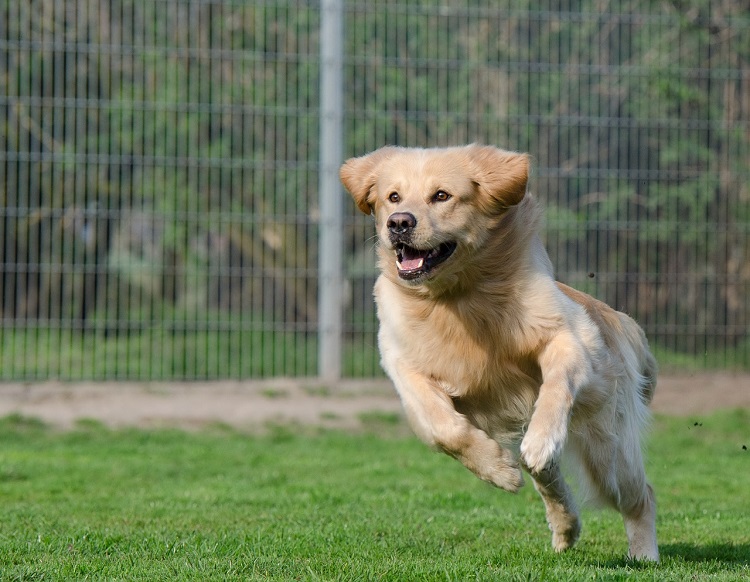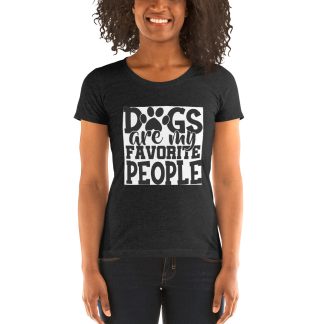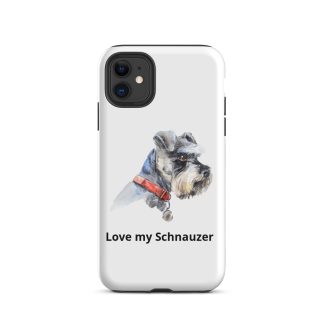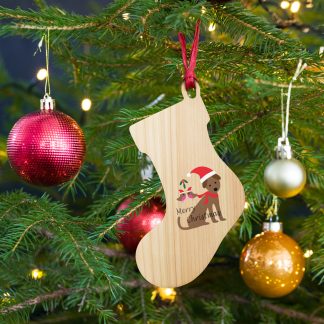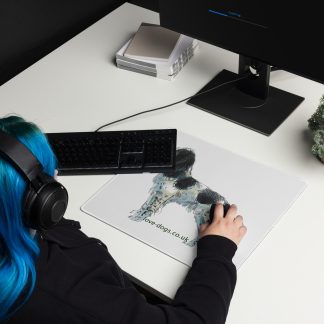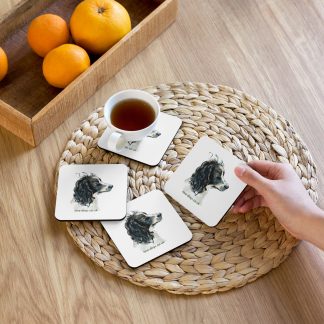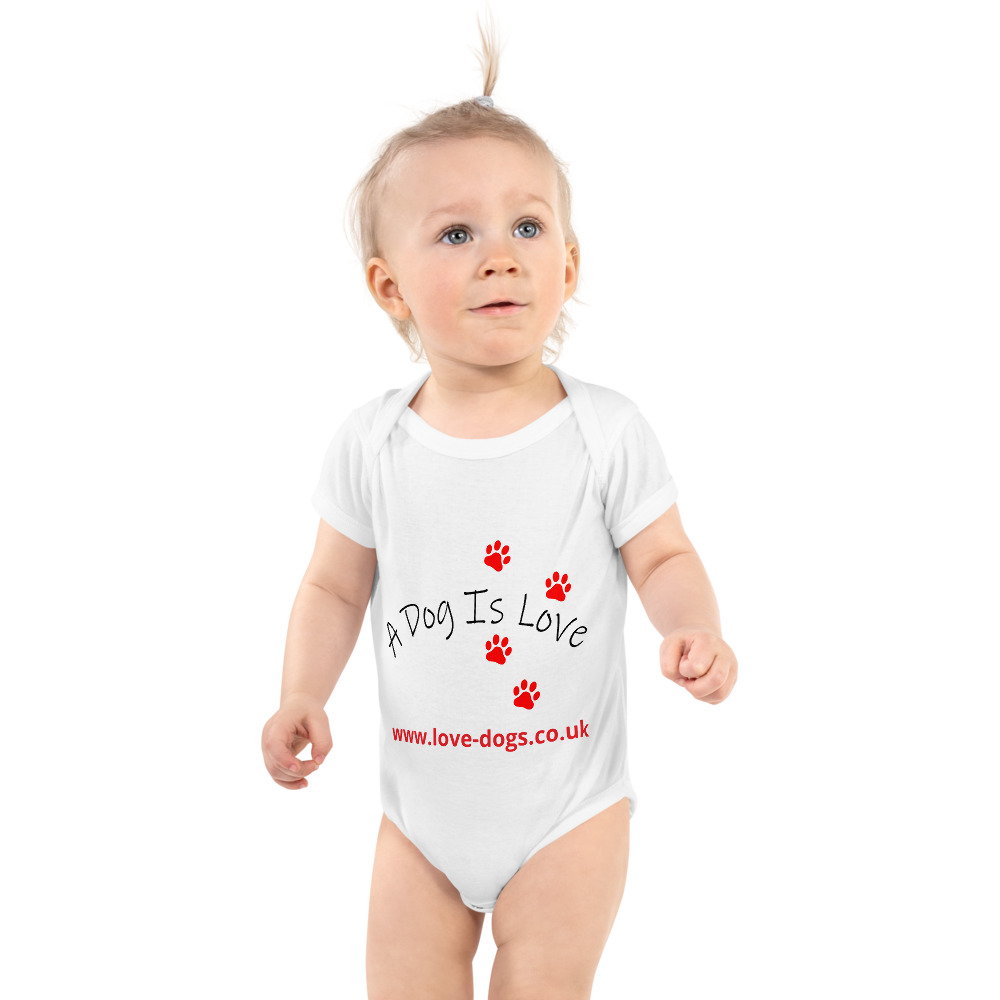
Walking on a collar and lead is an important skill that every dog must learn. Even the best trained dog should never be taken outside the home or yard without a sturdy collar and leash. Even if your dog is trained perfectly to go off lead, accidents and distractions do happen and a collar, with proper identification attached, is the best way to be sure you will get your beloved companion back.
Of course before you can teach your new puppy to accept a leash, he or she must first learn to accept wearing a collar. The first step is to choose a collar that fits the dog properly. It is important to measure the puppy’s neck and to choose a collar size accordingly. After the collar has been put on the puppy, simply let him or her get used to it. It is not unusual for a puppy to try to pull on the collar, whine, roll or squirm when first introduced to a collar.
The best strategy is to simply ignore the puppy and let him or her get used to the collar. It is a mistake to either punish the dog for playing with the collar or to encourage the behavior. Distracting the puppy often helps, and playing with a favorite toy, or eating some favorite treats, can help the puppy quickly forget that he or she is wearing this strange piece of equipment.
After the dog has learned to accept the collar, try adding the leash. Hook the leash to the collar and simply sit and watch the puppy. Obviously, this should only be done either in the house or in a confined outdoor area. The puppy should be allowed to drag the leash around on its own, but of course the owner should keep a close eye on the puppy to ensure that the leash does not become snagged or hung up on anything.
At first, the leash should only be left on for a few minutes at a time. It is a good idea to attach the leash at mealtimes, playtime and other positive times in the life of the puppy. That way the puppy will begin to associate the leash with good things and look forward to it. If the puppy shows a high degree of fear of the leash, it is a good idea to place it next to the food bowl for awhile to let him get used to it slowly. Eventually, he will come to understand that the leash is nothing to be afraid of.
After the puppy is comfortable with walking around the house wearing the leash, it is time for you to pick up the end of the leash for a few minutes. You should not try to walk the puppy on the leash; simply hold the end of the leash and follow the puppy around as he or she walks around. You should try to avoid situations where the leash becomes taut and any pulling or straining on the leash should be avoided. It is fine for the puppy to sit down. Try a few games with the collar and lead. For instance, back up and encourage the puppy to walk toward you. Don’t drag the puppy forward, simply encourage him to come to you. If he does, praise him profusely and reward him with a food treat or toy. You should always strive to make all the time spent on the leash as pleasant as possible.
It is important to give the puppy plenty of practice in getting used to walking on the leash in the home. It is best to do plenty of work in the home, since it is a safe environment with few distractions. After the puppy is comfortable walking indoors on a leash, it is time to start going outside, beginning of course in a small, enclosed area like a fenced yard. After the puppy has mastered walking calmly outdoors on a leash, it is time to visit some places where there are more distractions. You may want to start with a place like a neighbor’s yard. Walking your new puppy around the neighborhood is a good way to introduce your neighbors to the new puppy, while giving the puppy valuable experience in avoiding distractions and focusing on his leash training.
Puppies sometimes develop bad habits with their leashes, such as biting or chewing on the leash. To discourage this type of behavior, try applying a little bit of bitter apple, Tabasco sauce or similar substance (just make sure the substance you use is not toxic to dogs). This strategy usually convinces puppies that chewing the leash is a bad idea.

